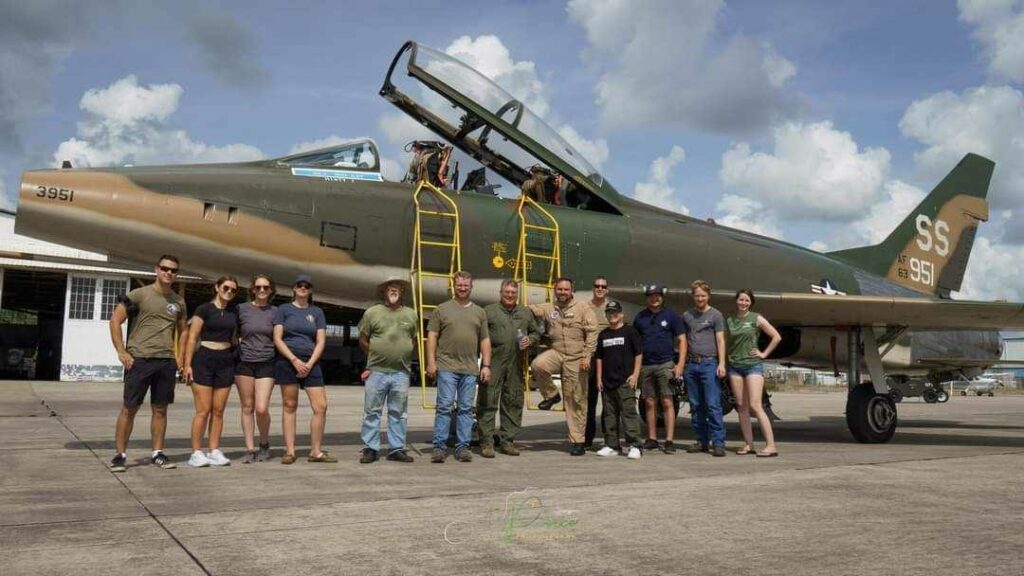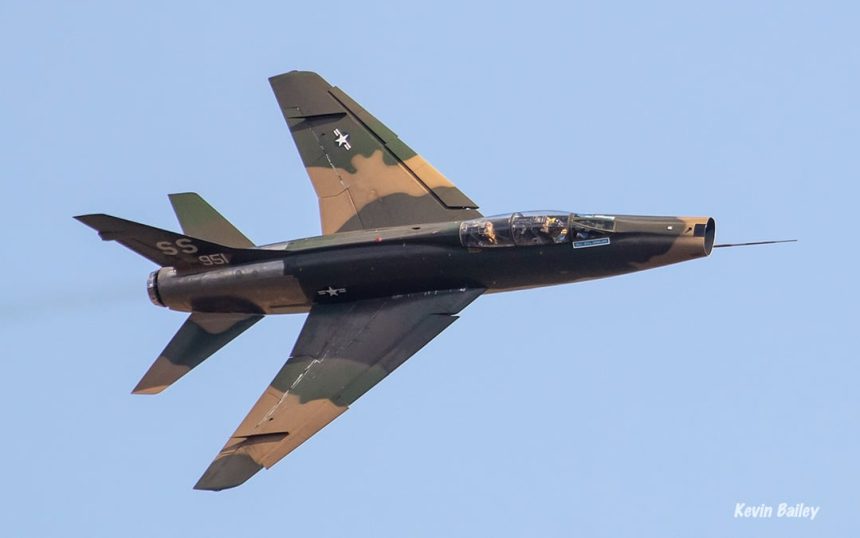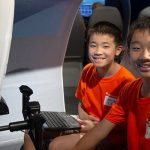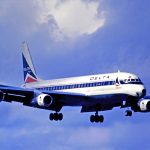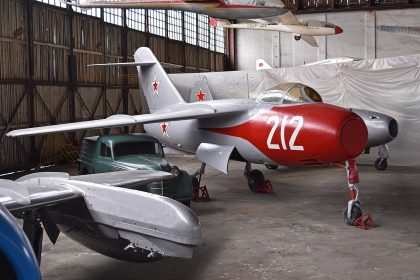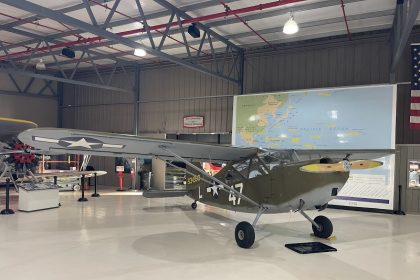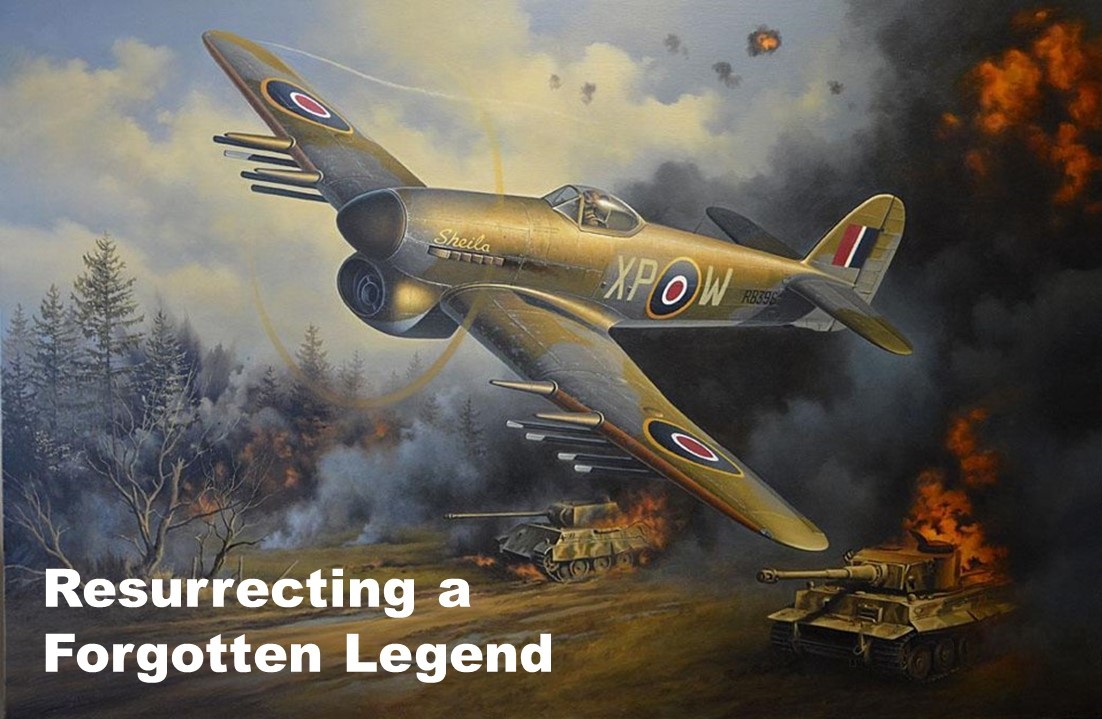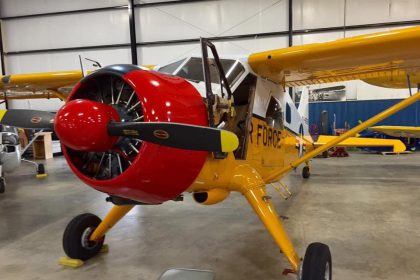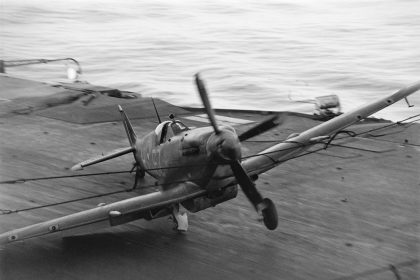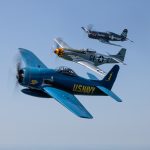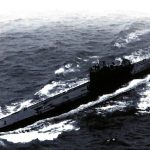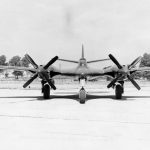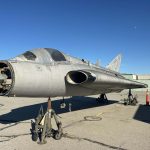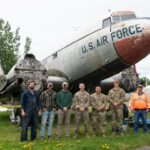One of only two airworthy North American F-100F Super Sabres in the world returned to the skies this past weekend. The aircraft, USAF #56-3844 (civil registration N26AZ), is operated by the Collings Foundation and is now based at the Vietnam War Flight Museum in Houston, Texas. The flight was piloted by museum curator and veteran warbird pilot Rick Sharpe, who brought the two-seat jet back to life following years of dedicated restoration work.
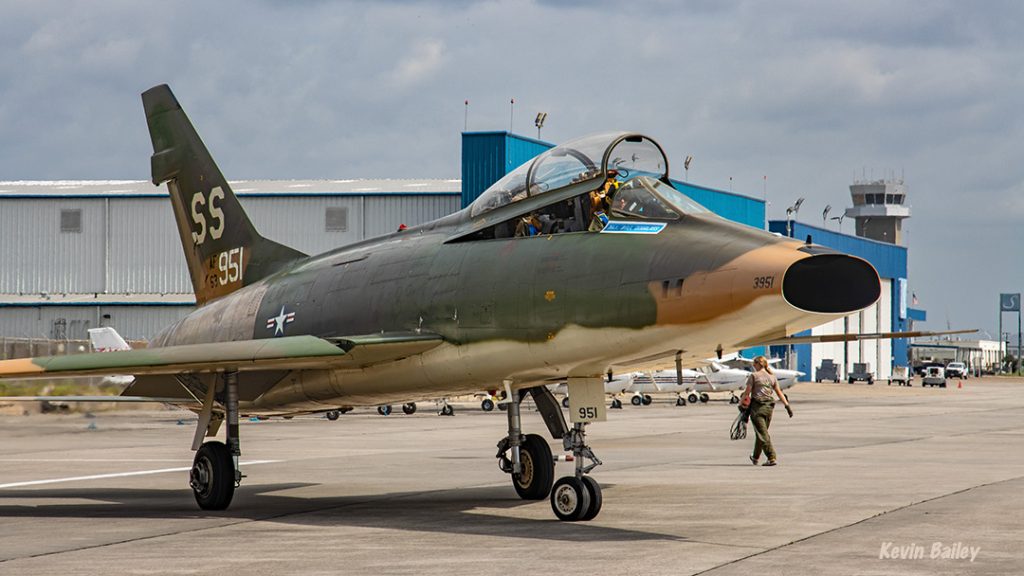
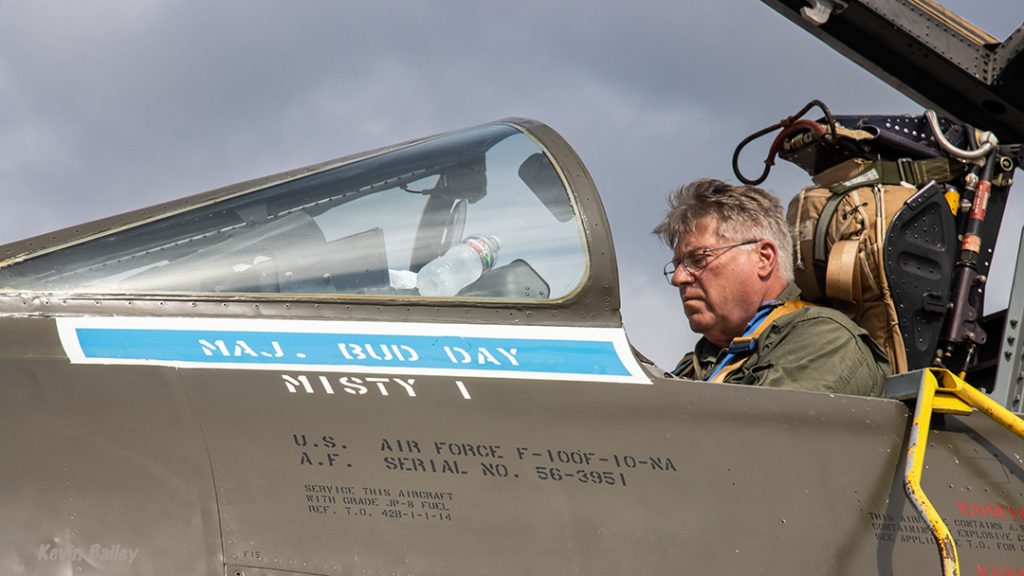
This particular F-100F represents a significant chapter in aviation history. Designed as a tandem-seat trainer variant of the famed “Hun” (short for “Super Sabre”), the F-100F saw extensive combat service during the Vietnam War. It was notably used in the “Fast FAC” (Forward Air Controller) role, also known as “Misty FAC” missions. These operations involved flying low and fast over hostile territory to identify targets for other aircraft, coordinate search and rescue missions, and conduct early suppression of enemy air defenses (SEAD). The F-100F was, in fact, the first aircraft type to serve in the pioneering “Wild Weasel” SEAD role.
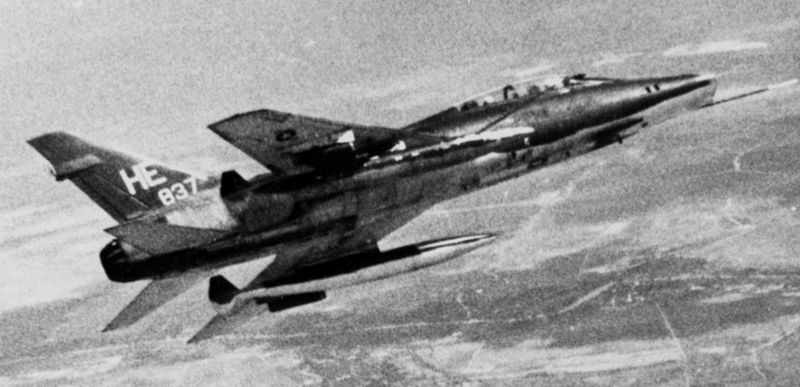
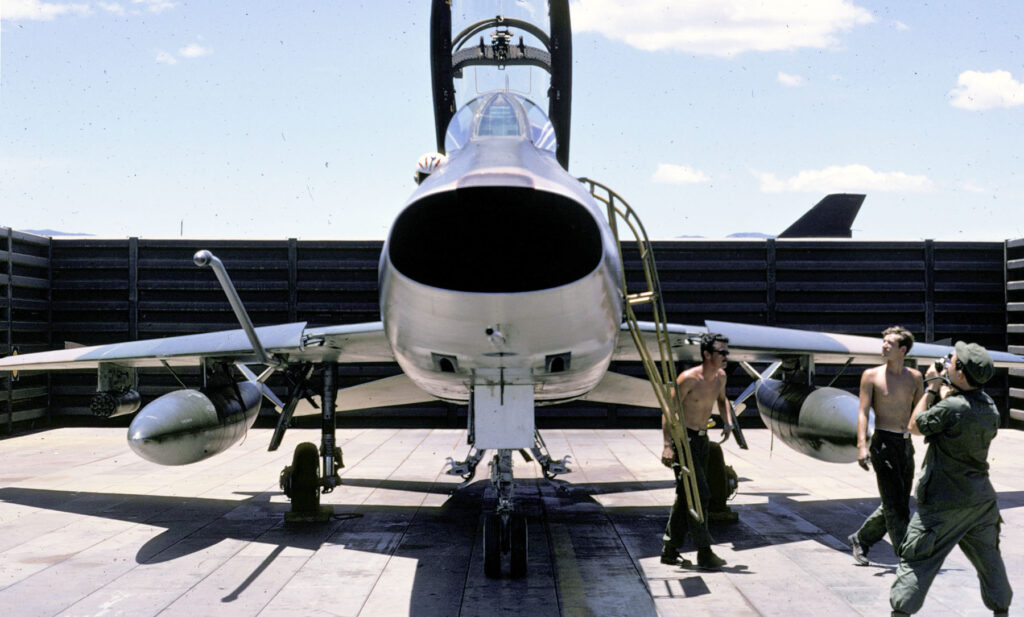
Following its return to the air, the F-100F joined a Memorial Day commemoration at the Lone Star Flight Museum, flying in the pattern. The static display included the AD-4NA Skyraider, a Polish-built MiG-17bis, the Collings Foundation’s F-4D Phantom II, T-33 Shooting Star, TA-4F Skyhawk, and Jerod Flohr’s Skyhawk 518. According to museum personnel, the Super Sabre performed flawlessly throughout the flight, with no major issues reported.
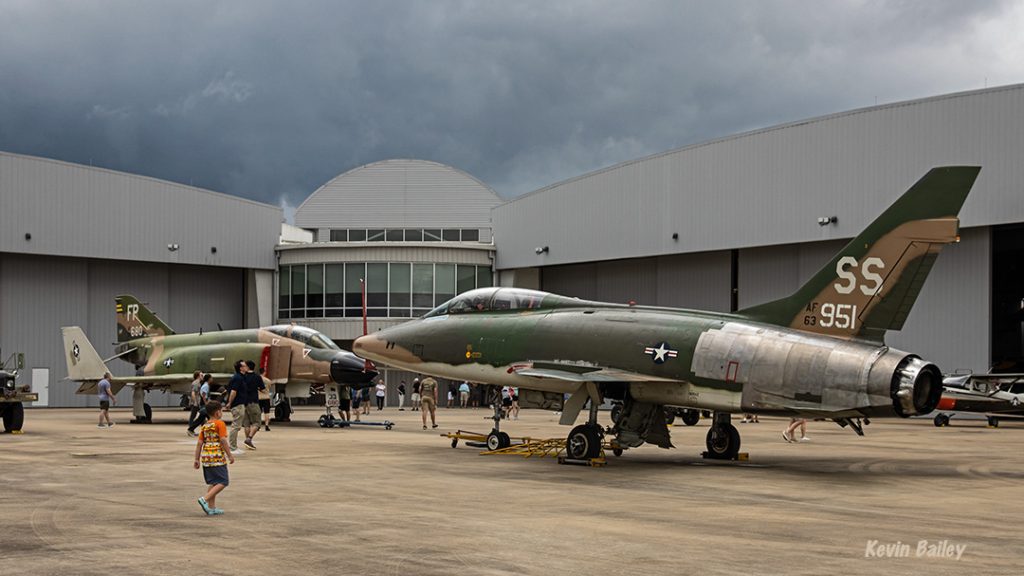
Behind the scenes, a dedicated team made the return to flight possible. Vietnam War Flight Museum staff Benjamin Garcia, Jack Jones, Barry Swann, Theron Volquardsen, Jordan King, and Collings Foundation’s Christopher George coordinated efforts that included last-minute protection for the jet just before a fast-moving squall hit. The museum’s new silver L-39 Albatros was also rolled out for engine runs that day.
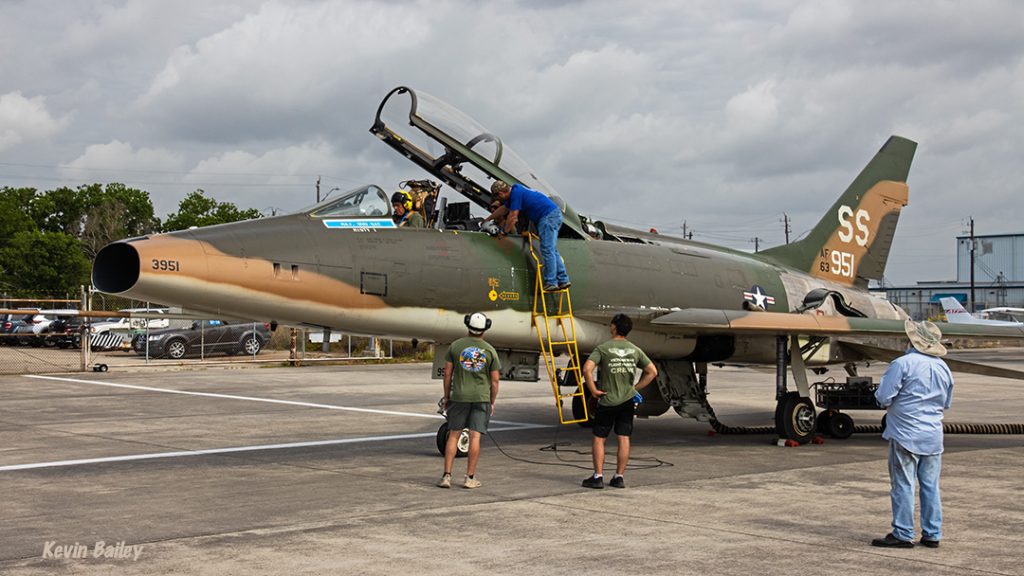
In 2024, with the support of the Collings Foundation, the aircraft was transferred to the Vietnam War Flight Museum. There, volunteers completed a full inspection and installed ADS-B Out avionics to meet current airspace regulations. Most of the work was carried out by museum volunteers, with the Collings Foundation contributing to expenses including fuel. The project represents a joint effort between the two organizations to preserve and operate this rare aircraft.
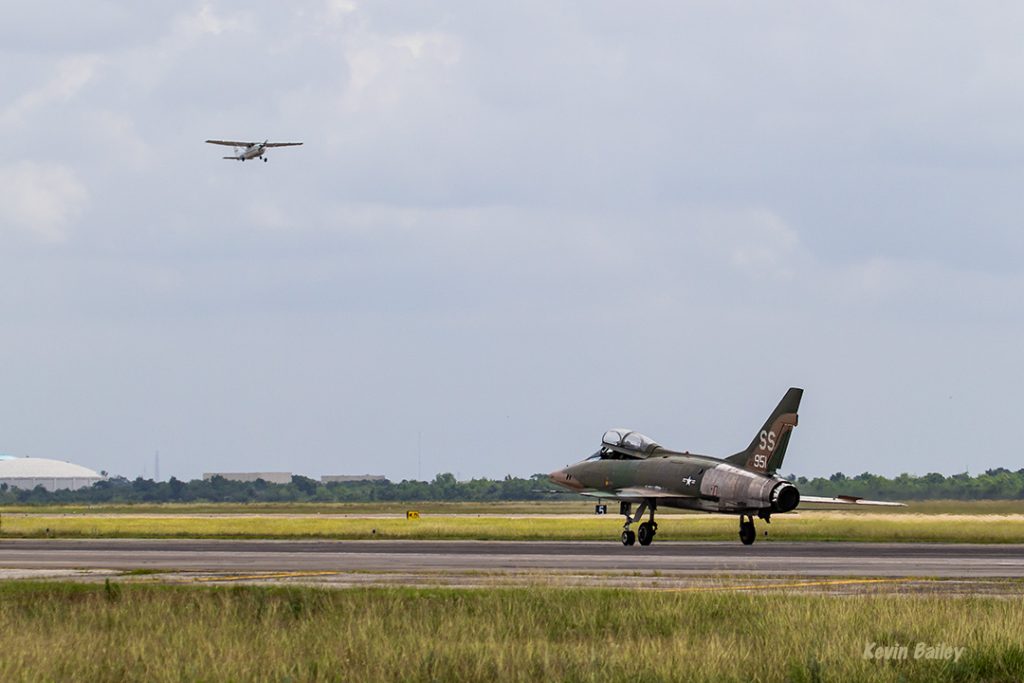
Delivered to the U.S. Air Force in November 1957, F-100F #56-3844 initially served with the 20th Tactical Fighter Wing (TFW) from 1958 to 1970. During this period, the aircraft was based primarily in the United Kingdom, with deployments to Libya and Turkey. In 1971, it was reassigned to the Texas Air National Guard’s 149th Tactical Fighter Group (TFG) at Kelly Air Force Base in San Antonio. The Super Sabre was withdrawn from USAF service in 1974.
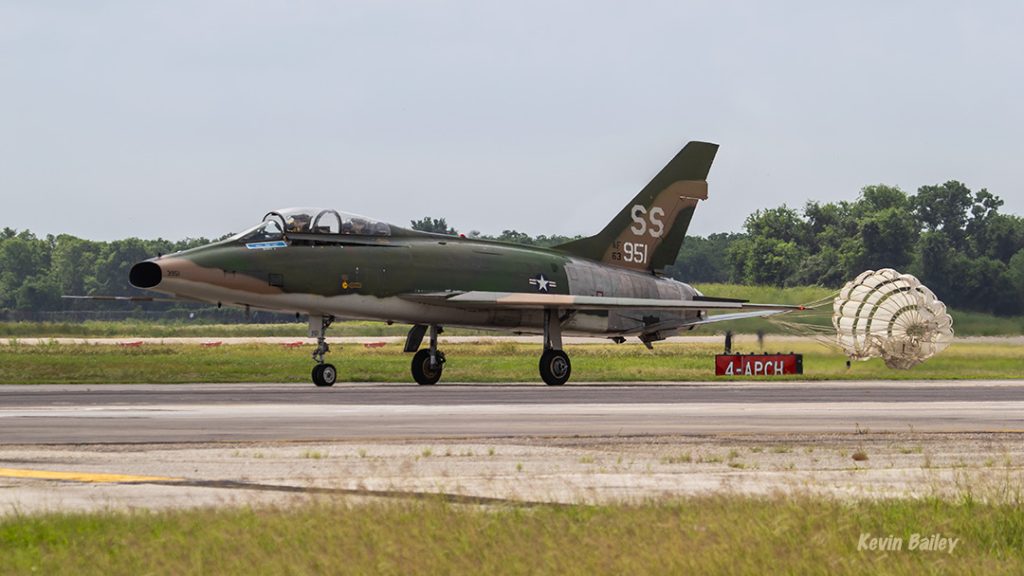
After a brief period in storage, the aircraft was transferred to the Royal Danish Air Force, where it served until 1981. It was then passed to Flight Systems Inc., flying in the United Kingdom and Italy under civilian registration from 1983 to 1992. Later, it was acquired by Grecoair Inc. in El Paso, Texas, and flew from 1997 to 2011, wearing New Mexico Air National Guard colors followed by USAF Thunderbirds livery.
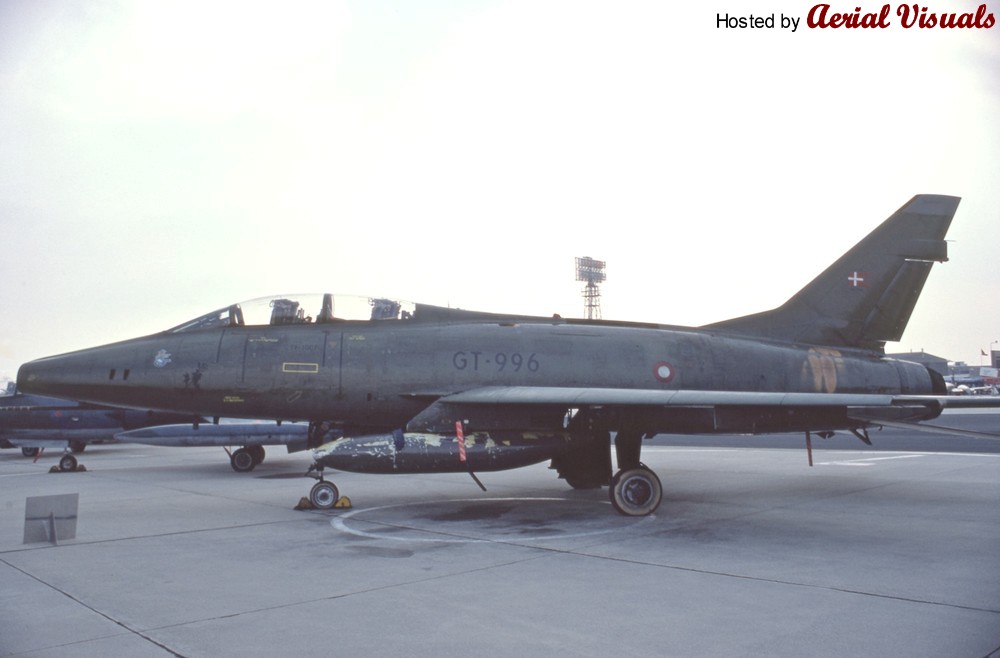
Today, the jet honors one of the Air Force’s most revered figures—Colonel George “Bud” Day. The aircraft is painted in the markings of Day’s original F-100, “MISTY 1.” Colonel Day is recognized as the most decorated U.S. Air Force officer and the most decorated American serviceman since General Douglas MacArthur. He was a Medal of Honor and Air Force Cross recipient.
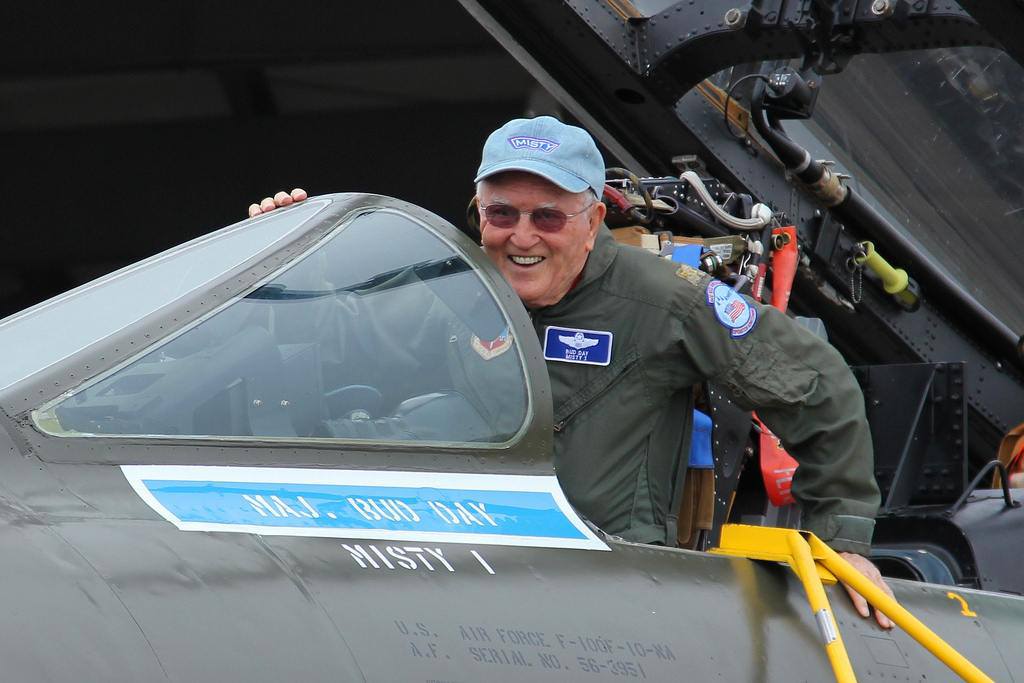
The Vietnam War Flight Museum, founded in 2002 by Rick Sharpe, is dedicated to preserving the legacy and educating the public about the sacrifices of Vietnam War veterans. More information can be found at www.vietnamwarflight.com.
